The widespread use of succinic acid in everyday life and industry is due to a number of useful properties that it possesses. It is used in the food industry, medicine, cosmetology, as well as in agriculture. This acid is found in amber, brown coal, as well as in animal organisms and plants.
Succinic acid is widely used as a growth stimulant for indoor plants, as well as for their adaptation in stressful situations, such as transplantation. Also, the substance stimulates the formation of chlorophyll in the plant, and helps to absorb the beneficial substances contained in the soil. This substance is not toxic to humans, and its use is straightforward. An advantage over other stimulants is the affordable price of acid and various forms of release.
Content
Chemical properties of succinic acid and the benefits for indoor plants
This substance is regularly produced in the body of the plant and acts as a biological stimulant. A lack of acid can inhibit growth and delay flowering.
The substance has a beneficial effect on the microflora of the substrate and has a beneficial effect on the vital activity of bacteria living in it. Acid promotes the rapid growth and development of flowers during the flowering period, which is why it is also used as a flowering stimulator. The substance helps the plant adapt faster after transplantation, get used to changing its placement, and also recover from illness or prolonged transportation.

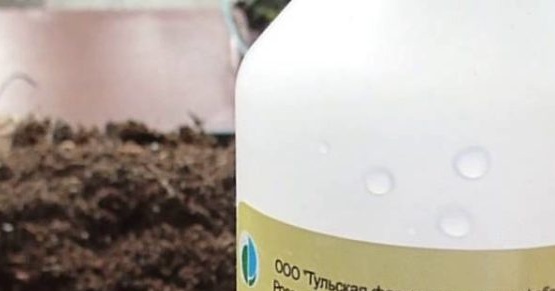 You may be interested in:
You may be interested in:The main chemical properties of acids include the ability to influence the synthesis and release of chlorophyll in leaves. The leaves become elastic, acquire a brighter color. Due to the chemical properties of the substance, it is possible to increase the plant's resistance to such harmful factors as drying out the soil, direct sunlight or excessive soil moisture.
It will help to protect the root system from decay, and the leaves from yellowing and drying. In cases of propagation by cuttings, the drug can be used to root and accelerate the growth of the root system in young plants. Also, the drug is used in seed treatment to increase germination.
The acid is most effective in combination with fertilizers, since it is not a substitute for them. For plants, “amber” is used in the form of powder or tablets, which are dissolved in water.
Indications and use of succinic acid in tablets
The drug in tablets can be found in pharmacies, but you should not buy and use dietary supplements with its content, as they are intended only for people.Prolonged adaptation and deterioration of appearance - these factors can be called key indications for the use of the substance, reviews of flower growers confirm the effectiveness of the stimulator in such cases.
For rooting
For rooting, special stimulants are used, however, as a rule, they are too strong and can harm a weak flower, therefore, they often use succinic acid.
This substance is often used for rooting cuttings, which have formed tissues, the growth of which stimulates the drug. In most cases, the shoot of a plant on which there are already several leaves is selected for propagation.
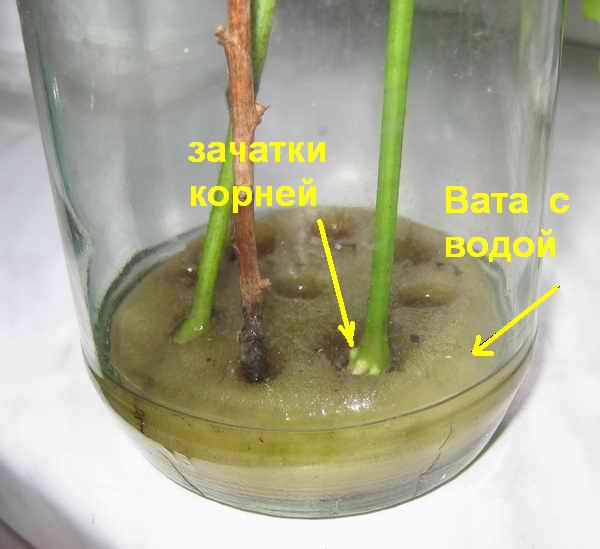
To speed up the process, you need to prepare a solution in which the concentration of the drug will be 1%. To do this, add 1 liter of filtered water to 10 grams of the substance, mix thoroughly. If it is necessary to prepare a solution of tablets, then take 2 pieces. A larger amount of substance will not give a better result, but it can destroy the cuttings.
 You may be interested in:
You may be interested in:For soaking, it is better to choose a long deep container, for example, a food container. The solution is poured into it to a level of 3-4 centimeters. With a knife or scissors, holes for stems are made in a sheet of hard cardboard. A stalk is inserted into each hole. Prepared processes are placed in a container with a cut end, immersing the stem a few centimeters.
Cuttings allowed to stand in solution for 24 hours. The container is not completely covered to provide air access. If the handle is very fragile, its end must be wrapped with cotton wool and only then immersed in the solution. For such processes, the hole in the cardboard must be made larger. After a day, the flower is rooted in the manner accepted for this variety.
After transplant
Most houseplants need a transplant. At the same time, the flower is removed from the pot, its root system is cleaned of the substrate, carefully examined for damage or disease. If necessary, damaged areas are removed. In this case, it is advisable to use amber.
To do this, prepare a solution of 1 tablet, or 10 grams of the substance, and 1 liter of water. Experts recommend giving preference to the powder form of the drug. In the resulting solution, the roots are soaked for 30 minutes. Then the flower can be planted in the prepared new soil.
With caution, it is necessary to transplant amaryllis, hippeastrum, clivia and krinum. The root system of these plants is firmly fixed on the side walls of the pot, and for their transplantation, it is necessary to break or break the container. To treat the roots of such plants, prepare a solution of half a tablet and 1 liter of water. The roots of the flower are immersed in the mixture for 30 minutes.
For survival
Processing a young plant with a solution will help to accelerate its survival in a new pot. To do this, you need to prepare a solution of a quarter of a tablet and 1 liter of water. In this solution, the plant is soaked before planting in a new pot for 1 hour.
A young plant is immersed in a container so that it does not reach the bottom of 1 cm. Also, with this solution, you can well water the flower when it is still in a temporary pot. In this case, the flower must be allowed to stand for several hours and then proceed to its transplant.It is necessary to transplant the flower after treatment with acid as quickly as possible, since the effect of its use may be lost.
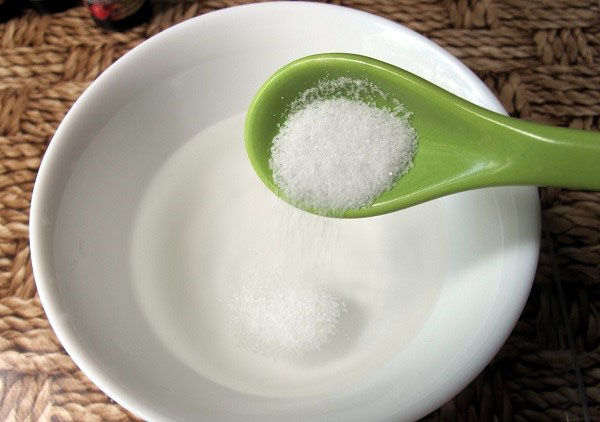
Against stress
Stressful situations for plants include transplanting, transporting, changing pot locations, low temperatures, drying out, excessive watering, diseases, parasites, and improper care. Signs of stress in plants are:
- sluggish stems that have lost their elasticity;
- leaves that have become less saturated in color and have lost turgor;
- prolonged lack of flowering.
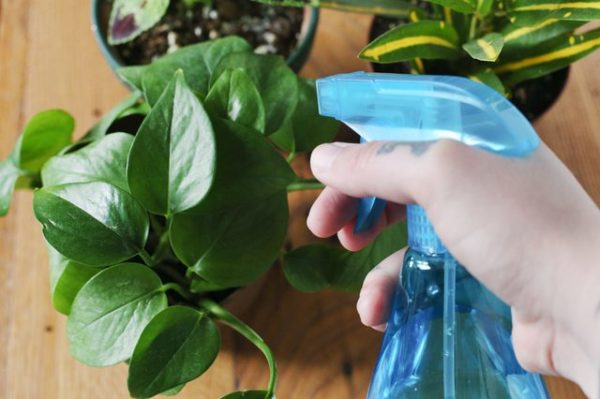
To prepare the solution, you need to pour half a tablet of acid with 1 liter of warm water. The resulting mixture is thoroughly mixed and poured into a spray bottle with a fine nozzle. Spray the flower 1 time in 14 days until complete recovery.
Features of the use of the drug for different types of flowers
The effect of acid on a plant can be determined by its species accessories.
How to apply for orchids
Acid treatment in tablets is an anti-stress measure for an orchid, as it is very fastidious to care for and it is quite difficult to create ideal conditions when growing a flower on a windowsill. Stress in the orchid can provoke temperature changes, insufficient humidity in the room and the growing season. Treatment with the drug will differ in winter and summer, since in the cold season the flower is in a dormant phase.

For processing in the summer, it is necessary to prepare the same solution. Orchid is sprayed in the evening for 1 time in 10-12 days. When improving, it is necessary to apply the same mixture once a month. In summer, the flower is treated in the absence of flowering and with a deterioration in the external condition of the leaves. As soon as the flowers are restored, the treatment is stopped. If the condition worsens again - resume spraying.
For violets
When growing violets, the drug is used to treat cuttings. Leaves are used as cuttings in violets. Before rooting, they are soaked for several hours in a prepared acid solution. Also, with this mixture you can water already planted leaves of violets for their better growth.
To prepare the solution, 2 grams of acid are taken and diluted in 10 liters of water. You can also purchase ready-made solutions based on acid.
For spathiphyllum
When growing spathiphyllum, the drug is used in cases of prolonged lack of flowering. For stimulation use a mixture of 1 tablet and a liter of warm water, which is sprayed with a flower sprayer with a small nozzle. Spraying is carried out once every two weeks. Stop spraying when buds appear on the spathiphyllum.
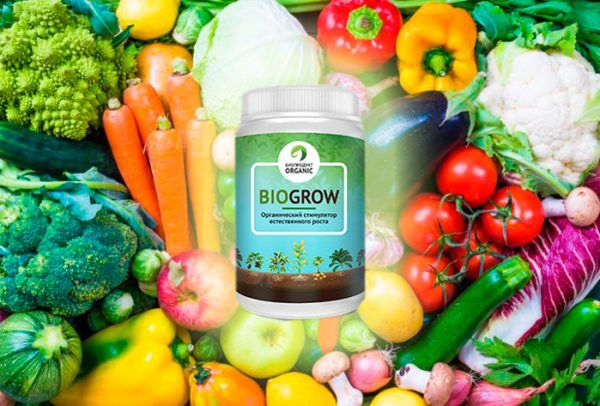 You may be interested in:
You may be interested in:For cacti and succulents
Cacti and succulents are watered with a mixture of 2 tablets of the drug and 1 liter of water. Such watering is necessary for succulents only once a year and is used to restore the microflora of the flower, to bind and remove toxins from its cells, as well as to prevent the appearance of fungal diseases.
Succinic acid reviews
Oksana: “I use Amber for my flowers, not only in the room, but also on the street. It helps my flowers especially in street planters. They often have problems with a lack of minerals in the soil.Also, their roots are quite constrained, which affects the condition of the whole flower. To improve the appearance, I water with acid only once a month. ”
Irina: “I use the drug during the transplant period. With a solution, I water the very earth into which I will transplant. After watering, I let the substrate infuse for several days and only then I plant flowers there. “I noticed that after such a procedure, the condition of my flowers improves significantly, and after transplanting they adapt faster.”
Alyona: “Recently, a friend gave me the stubby cuttings of ageratums that I wanted to plant at my place. To normalize their condition, for 5 hours I left them to soak in a solution of several tablets and water. After that, I calmly landed them on a flower bed and the ageratums safely started and are growing wildly. ”
Marina: “I use the drug only in combination with fertilizers for better growth of indoor plants. The acid itself will not give such a colossal effect and will not become a substitute for fertilizers. With a mixture of acid, I water the flowers during the period of active growth so that the flowering is plentiful and long. "
Common questions
This drug has been successfully used by gardeners in caring for domestic plants as a stimulant of metabolic processes, growth and root. The use of acid requires compliance with the dosages for diluting the powder and the rules for processing colors.

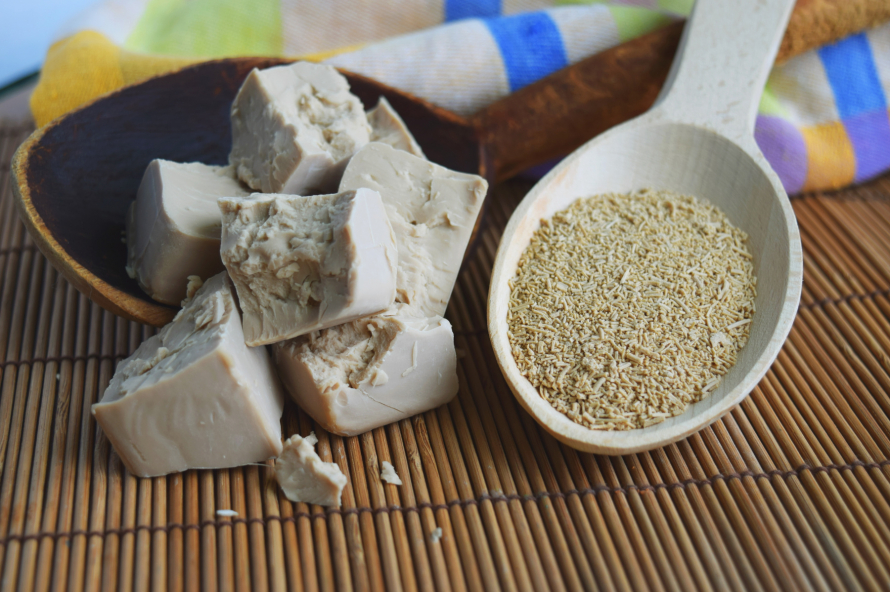

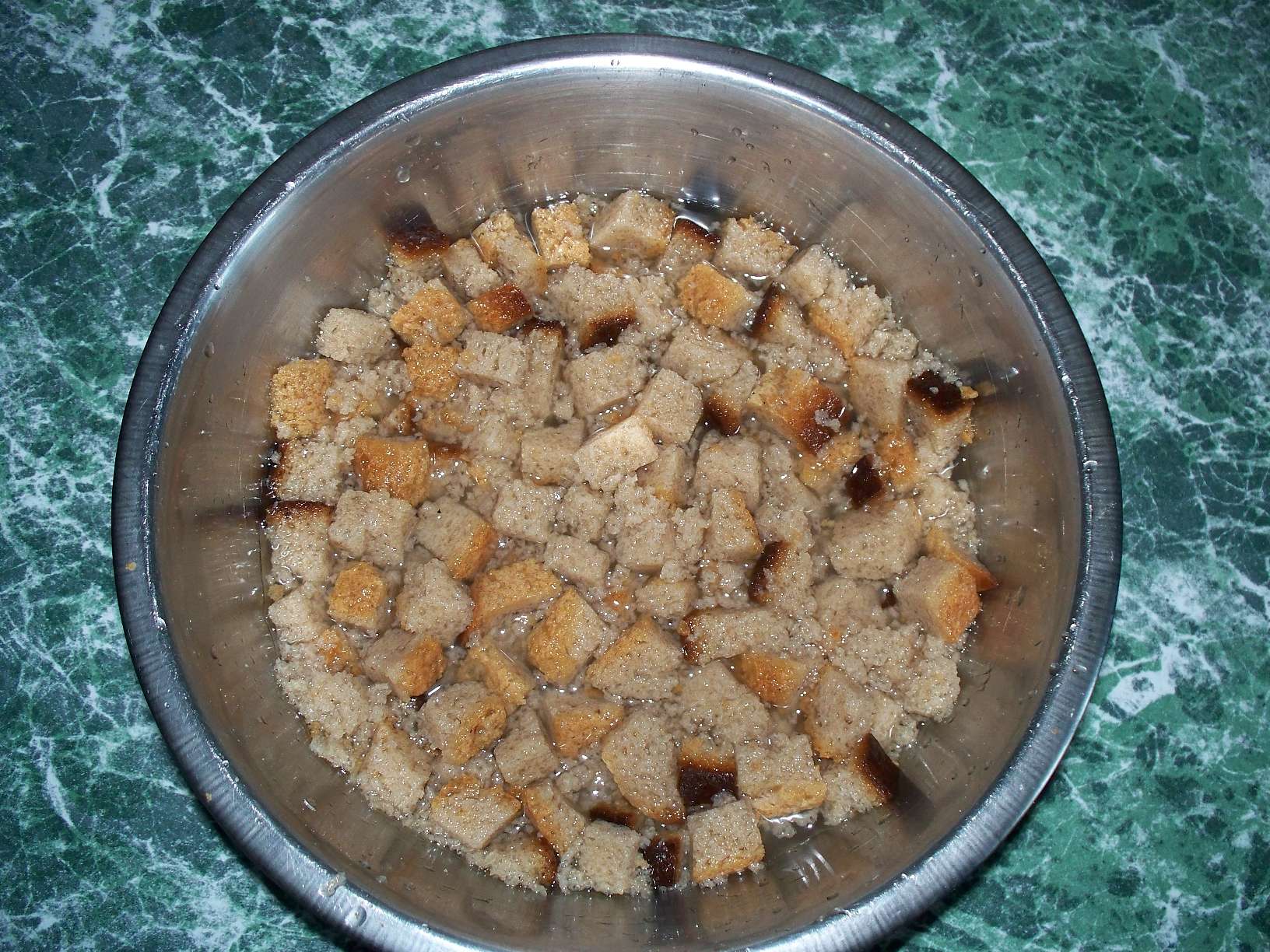
 Superphosphate: what is it and how to apply it
Superphosphate: what is it and how to apply it What problems can be expected from siderats?
What problems can be expected from siderats?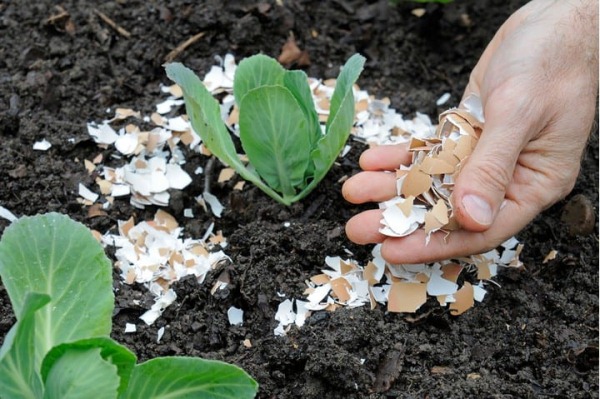 Secrets of the collection, storage and use of eggshells in the garden
Secrets of the collection, storage and use of eggshells in the garden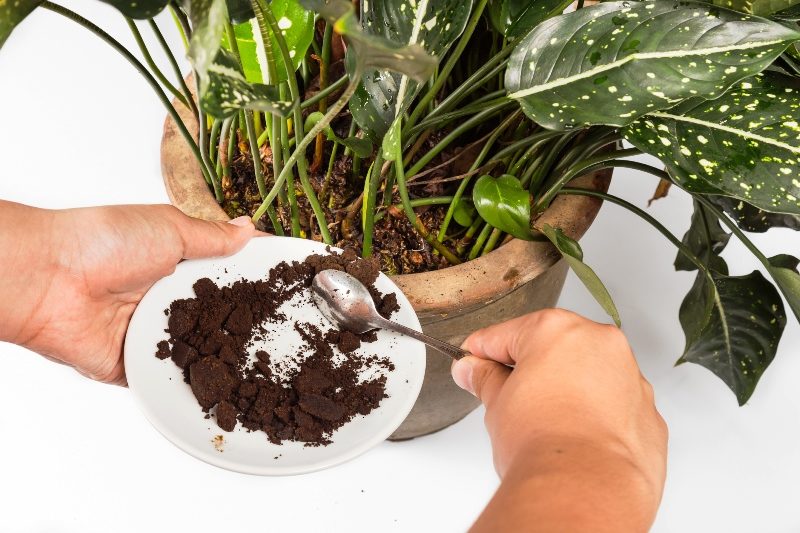 The most popular top dressing for indoor plants
The most popular top dressing for indoor plants